Americana Music News – We haven’t seen Ben Taylor play since he performed on a Cayamo cruise three years ago, but he’s clearly been busy. New album Listening is set for release on August 14 and you’ll find a free stream of the soulful single “Oh Brother” at the Rolling Stone site.
Upcoming tour dates:
July 5 – New York, NY – Canal Room
July 6 – Woodstock, NY – Bearsville Theater
July 7 – Teaneck, NJ – Mexicali Live
July 8 – Ridgefield, CT – Ridgefield Playhouse
July 11 – Vienna, VA – Jammin’ Java
July 12 – Norfolk, CT – Infinity Hall
July 13 – White River Junction, VT – Tupelo Music Hall White River
July 14 – North Hampton, MA – Iron Horse Music Hall
July 17 – Portland, ME – Port City Music Hall
July 18 – Londonderry, NH – Tupelo Music Hall
For American Music News updates, follow us on Twitter at @sun209com.
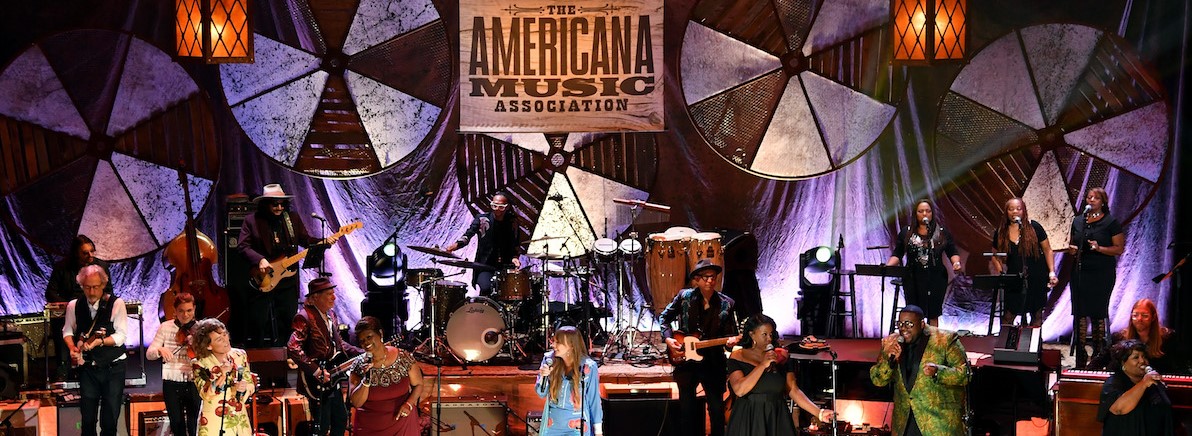
 JD McPherson’s Signs and Signifiers moves to the top spot on the Americana music radio chart, followed closely by Willie Nelson’s Heroes. Justin Townes Earle, on top of the chart for many weeks, drops to third with Nothing’s Going to Change The Way You Feel About Me.
JD McPherson’s Signs and Signifiers moves to the top spot on the Americana music radio chart, followed closely by Willie Nelson’s Heroes. Justin Townes Earle, on top of the chart for many weeks, drops to third with Nothing’s Going to Change The Way You Feel About Me.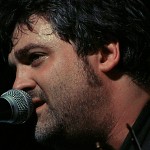
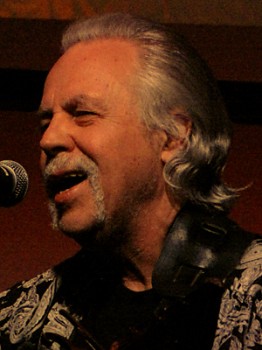
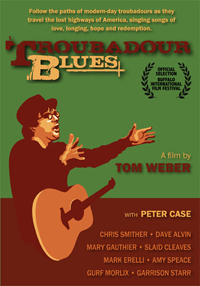 By Paul T. Mueller
By Paul T. Mueller Justin Townes Earle remains at the top position in Americana music radio with Nothing’s Going to Change The Way You Feel About Me, with JD McPherson’s Signs and Signifiers in the second slot.
Justin Townes Earle remains at the top position in Americana music radio with Nothing’s Going to Change The Way You Feel About Me, with JD McPherson’s Signs and Signifiers in the second slot. By Ken Paulson
By Ken Paulson 
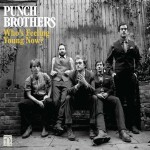 The inaugural Mountain Song at Sea, a bluegrass festival on the ocean, just added the Punch Brothers to a line-up that already includes the David Grisman Sextet, Del McCoury Band, Steep Canyon Rangers, Tim O’Brien and Bryan Sutton, the Kruger Brothers, Peter Rowan, Larry Keel and Natural Bridge, The Travelin’ McCourys, Shannon Whitworth, Della Mae and Town Mountain.
The inaugural Mountain Song at Sea, a bluegrass festival on the ocean, just added the Punch Brothers to a line-up that already includes the David Grisman Sextet, Del McCoury Band, Steep Canyon Rangers, Tim O’Brien and Bryan Sutton, the Kruger Brothers, Peter Rowan, Larry Keel and Natural Bridge, The Travelin’ McCourys, Shannon Whitworth, Della Mae and Town Mountain.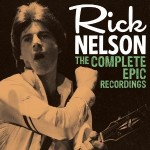
![gloryland-small[1]](http://sun209.com/wp-content/uploads/2012/05/gloryland-small1-150x150.jpg) By Ken Paulson
By Ken Paulson By Joe Ross
By Joe Ross
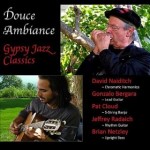
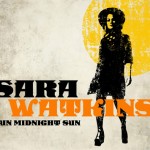 Justin Townes Earle continues to dominate Americana radio with yet another week at #1 with Nothing’s Gonna Change the Way You Feel About Me Now, followed by Ray Wylie Hubbard’s Grifter’s Hymnal.
Justin Townes Earle continues to dominate Americana radio with yet another week at #1 with Nothing’s Gonna Change the Way You Feel About Me Now, followed by Ray Wylie Hubbard’s Grifter’s Hymnal.